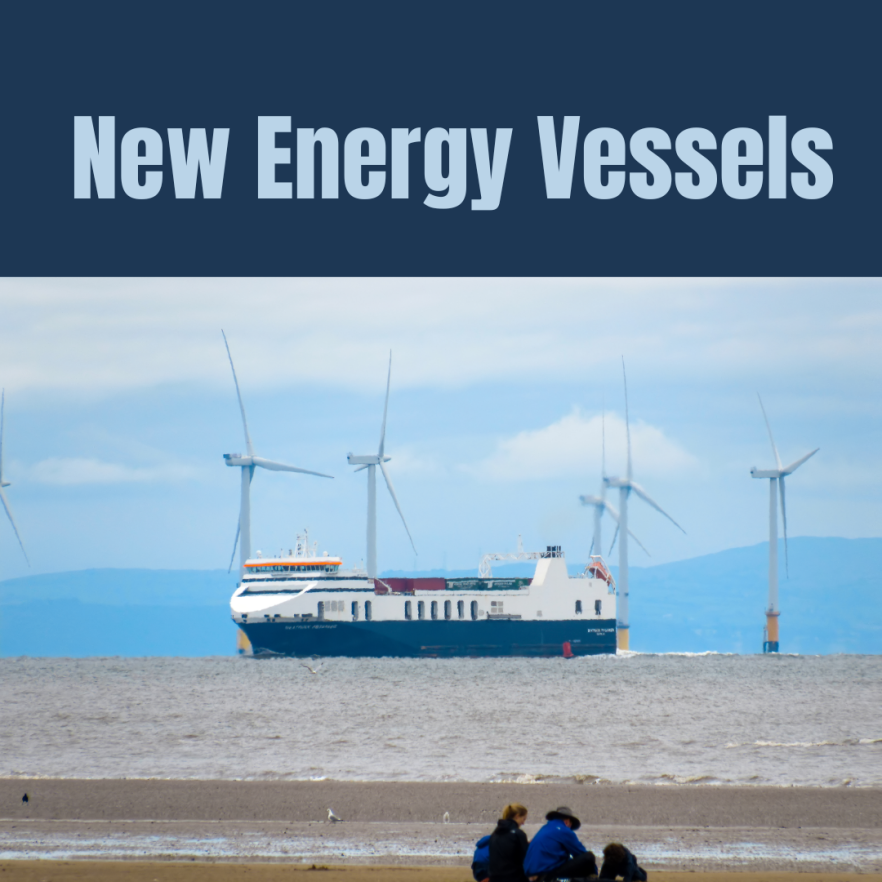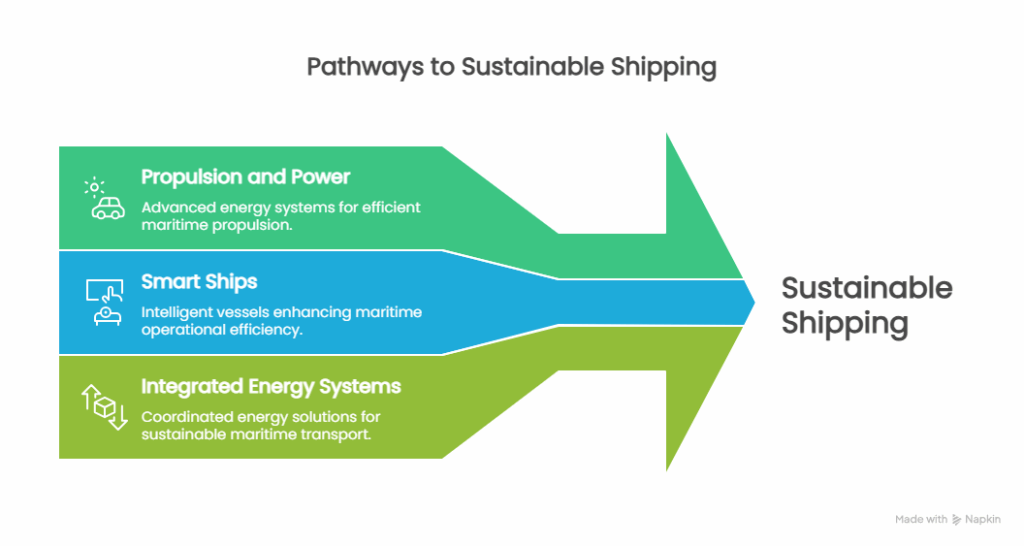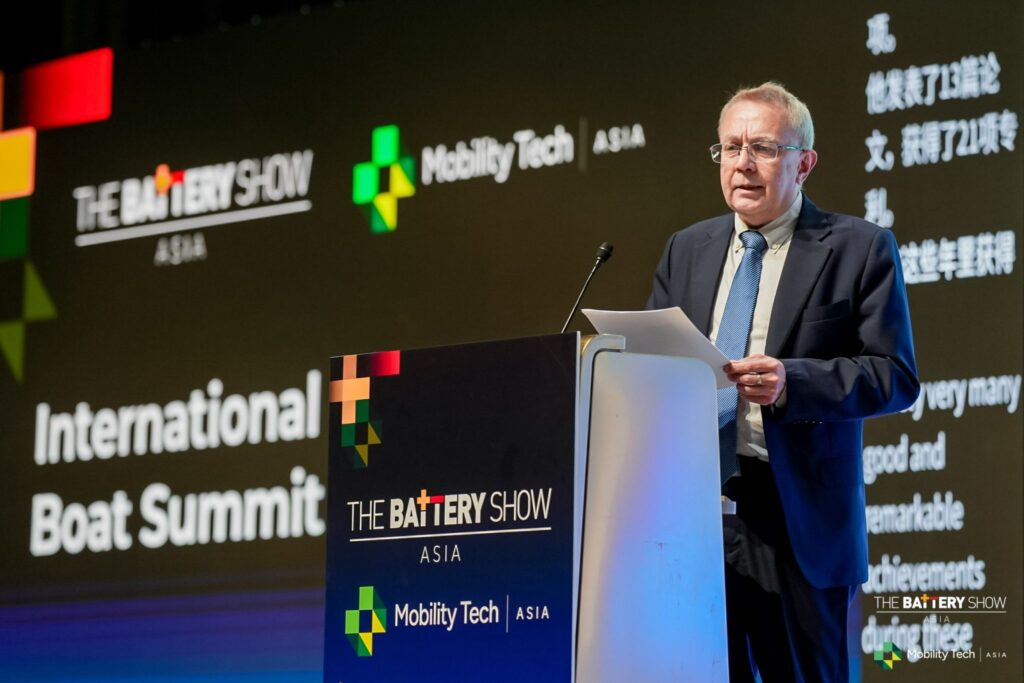New Energy Vessels Are Ready to Cross Oceans
Sailing across the vast ocean has always been a testament to human ingenuity. But what if the ships of tomorrow could do so not on fossil fuels, but on the power of the sun, the wind, and batteries?
The idea of a zero-emission vessel crossing the Atlantic once seemed like science fiction. Now, with rapid advancements in battery technology, hydrogen fuel cells, and even wind-assisted propulsion, this future is closer than ever.
Let’s discuss the major breakthroughs of new energy vessels in detail!

What It Takes to Cross Oceans:
While many coastal and inland vessels can already run on green fuels like hydrogen, deep-sea ships face far greater challenges when it comes to crossing oceans
- Harsh Environments: Ships deal with moisture, oxygen, and airborne salt from seawater that leads to corrosion and structural damage. Therefore, the renewable energy solutions you use must be efficient, durable, and safe to withstand weather challenges.
- Weeks-Long Durations: Compared to the short coastal vessel trips, ships stay in the ocean for weeks and even months. Green fuels have lower volumetric energy densities than traditional fuels. They end up taking huge space in ships and don’t even provide enough range for long hauls.
- Enormous Energy Demands: Ships are floating giants that demand massive amounts of energy to make it through the oceans. Hydrogen and other hybrid fuel systems may seem viable, but they need massive infrastructure, including low-temperature and high-pressure storage depots as well as bunkering stations. All this is under development, and full adoption can take years.
Key Breakthroughs Driving the Transition
If you want to know the major advancements that lead to marine electrification and hydrogen shipping, here’s an overview:
Propulsion and Power:
High density battery systems are gaining popularity for various maritime applications. Common options include lithium-ion batteries with chemistries like NMC and LFP. They are known for zero emissions, high power, and compact and lightweight design, but are more suitable for ferries and short hauls.
For longer journeys, there are continuous advancements in hydrogen fuel cell technology. It’s clean since it only releases heat and water vapors as byproducts. On top of this, it has quiet operation, is modular, and provides energy security.
Opting for hybrid sustainable shipping solutions like electric-diesel and electric-hydrogen systems for navigating ocean routes is also a viable solution. You can switch between any energy source to optimize usage for longer hauls.
Smart Ships and Intelligent Shipyards
Nowadays, manufacturers are creating smart and modular ships that are built in sections and assembled at a final shipping facility. The goal is to create vessels that are scalable and easily integrate with new energy sources, such as hydrogen. For that, they are using:
- Digital Twin Technology: In this, manufacturers create a digital 3D model of a ship and connect it to its physical counterpart via IoT sensors and devices. Data about the availability of energy sources moves from the physical asset to the digital twin and then back, creating a unique feedback loop.
- AI-Based Energy Management: AI is also at the center of vessel energy management, helping to maintain a commitment to sustainable shipping. For instance, it enables you to monitor the battery’s state of charge, predict energy consumption, and optimize charging schedules according to the available port infrastructure and mission requirements.
Smart propulsion systems are also transforming maritime efficiency by using AI. They monitor things like the speed, engine performance, and sea conditions to automatically adjust the vessel to save fuel and lower harmful emissions on long voyages.
Integrated Energy Systems
Integrated energy systems are another way to adopt sustainable shipping. In this, you can rely on onboard energy storage, including batteries and fuel tanks, combined with smart propulsion systems.
Global ports are also building renewable energy infrastructure to support vessel charging and refueling. However, this integrated approach only works if there’s coordination between grids, ships, and ports, especially on transoceanic voyages.

Why Crossing Oceans Is Still a Challenge
Despite many advancements, crossing oceans using sustainable energy solutions is still a challenge on a large scale, and here’s why:
- Technical: There are some technical challenges, such as hydrogen and ammonia having range limitations and requiring huge storage space, as well as safety certifications, before being deployed on vessels.
- Infrastructure: The global hydrogen charging infrastructure is quite fragmented, as it’s more concentrated in regions with strong government support, while others face a lack of investment and technological barriers.
- Economics: Adopting sustainable shipping is quite costly. There’s a need for new ship models and retrofitting that can work with green fuel technologies. In addition, the development of refueling stations and efficient storage systems can further exacerbate the finances.
- Regulations: Global maritime regulations are still evolving, and there’s not yet a harmonized platform to manage the usage of green maritime fuels, which makes navigating international waters a hassle.

Conclusion
Sustainable shipping is indeed going to be the future; however, right now, it needs a lot of resources and a policy framework. If you want to learn about the key innovations in maritime fuel technologies and how to adopt them, visit Mobility Tech Asia today!


